
Education hiring is shifting fast: fewer applicants, more competition, and the need for targeted outreach. Peertopia stands out by offering free job posts plus the ability to build custom email lists of educators—powered by K12 Data and College Leads—to reach talent directly and hire faster.
 0
0
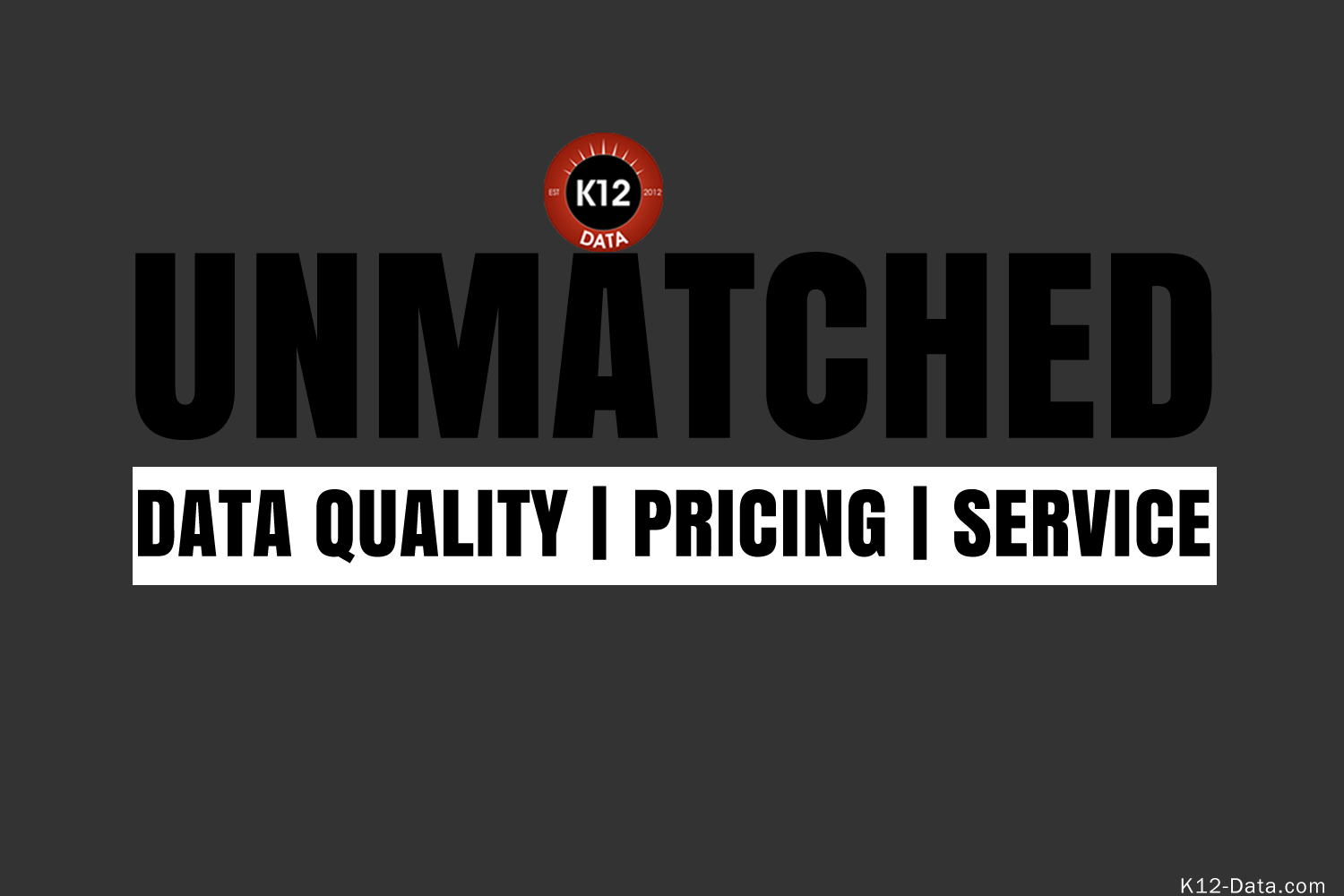
Public K-12 schools are funded through local property taxes, state formulas, and targeted federal programs. These dollars flow to districts and schools for instruction, support services, and operations, with modern shifts driven by ESSER, enrollment changes, and evolving policy priorities.
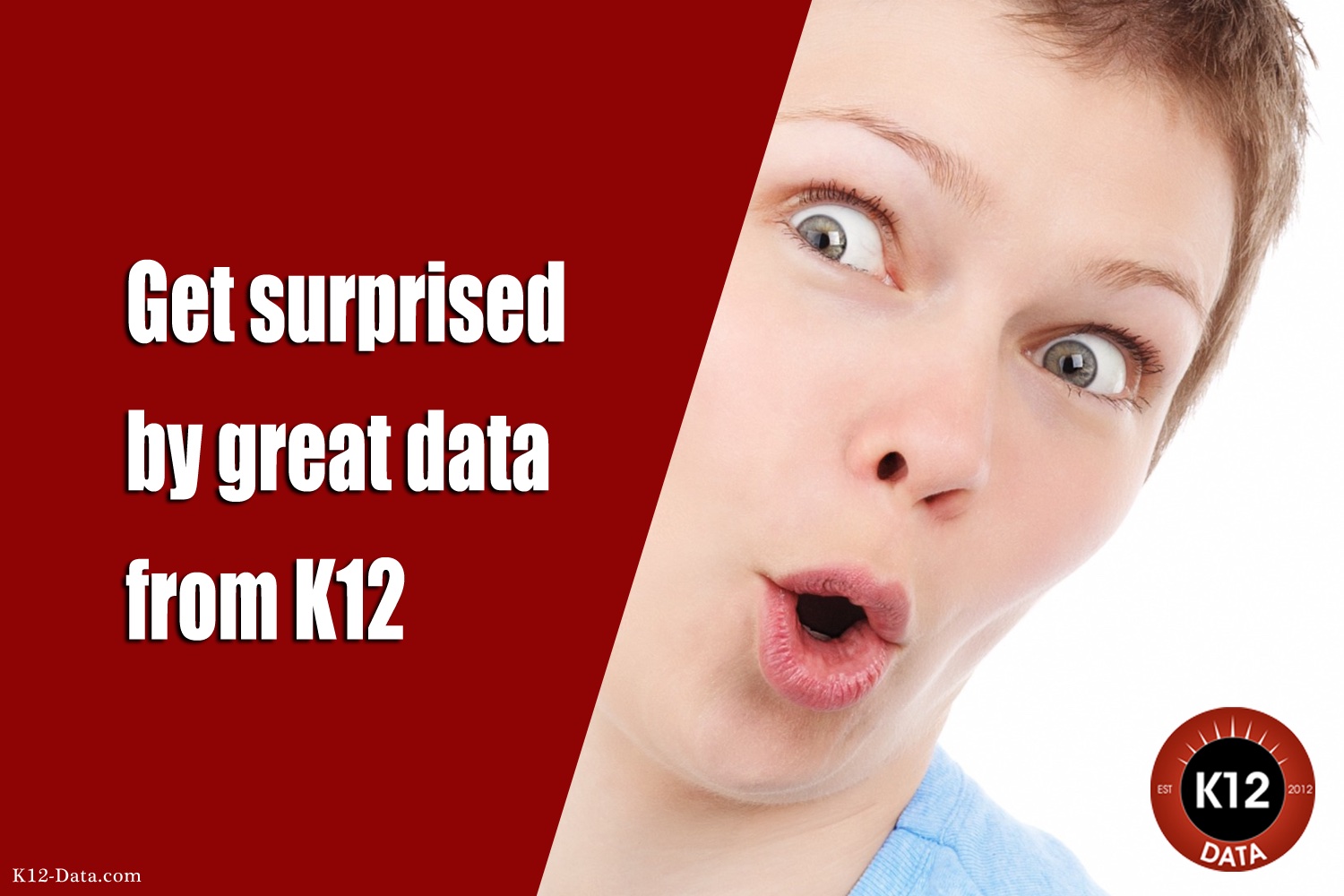
Teacher shortages are easing, but turnover and thin pipelines still threaten schools. Districts must redesign workloads, grow local talent, and modernize roles through AI and data. K12 Data, College Leads, and Peertopia help districts build smarter pipelines and retain educators for the evolving K-12 workforce.
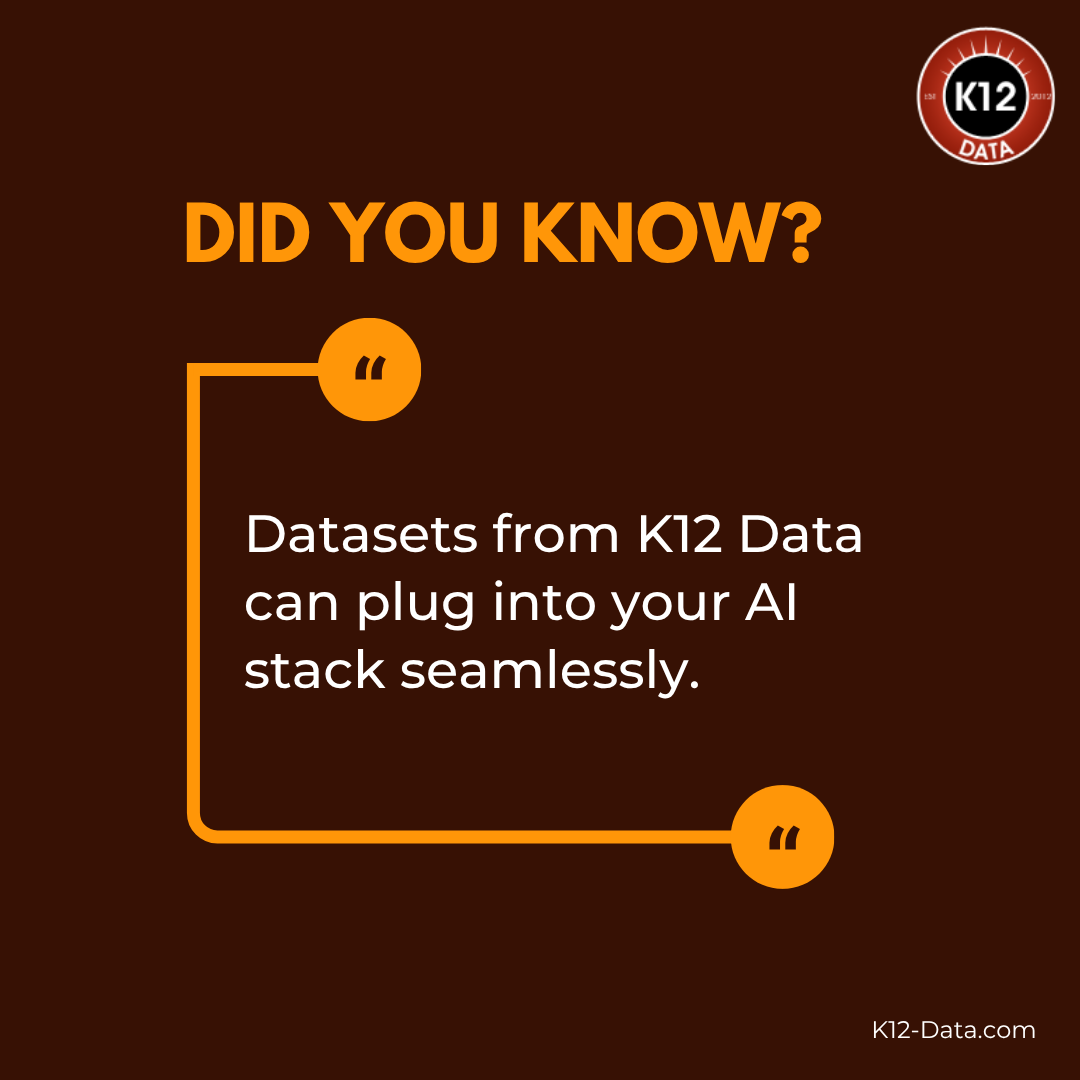
CTE in U.S. high schools is rapidly expanding, linking academics with real-world skills. Programs like STEMPilot bring STEM and aviation to life through hands-on simulators, boosting engagement and workforce readiness. K12 Data and College Leads help vendors, colleges, and districts connect precisely, strengthening CTE partnerships and student career pathways nationwide.

As federal relief winds down, states must shoulder more of America’s education funding. Budgets tighten, gaps widen, and precision matters. K12 Data, College Data, and Peertopia help schools and colleges recruit faster, target resources, and sustain staffing—turning limited dollars into measurable impact through smarter, data-driven hiring and outreach strategies.

Teacher shortages have evolved into a retention crisis. Mid-career educators face burnout, pay gaps, and workload creep. Districts must protect time, create growth paths, and tell better stories. K12 Data, College Leads, and Peertopia help schools target, attract, and retain teachers through precision outreach and recruitment for long-term stability.

Higher education faces tight margins, rising applications, and shifting enrollment trends. CIOs push cyber and analytics, while dual-enrollment blurs K-12 and college. College Data, with K12 Data, delivers precision—verified contacts that reach the right buyer at the right time—helping vendors succeed with a unified K-20 strategy.
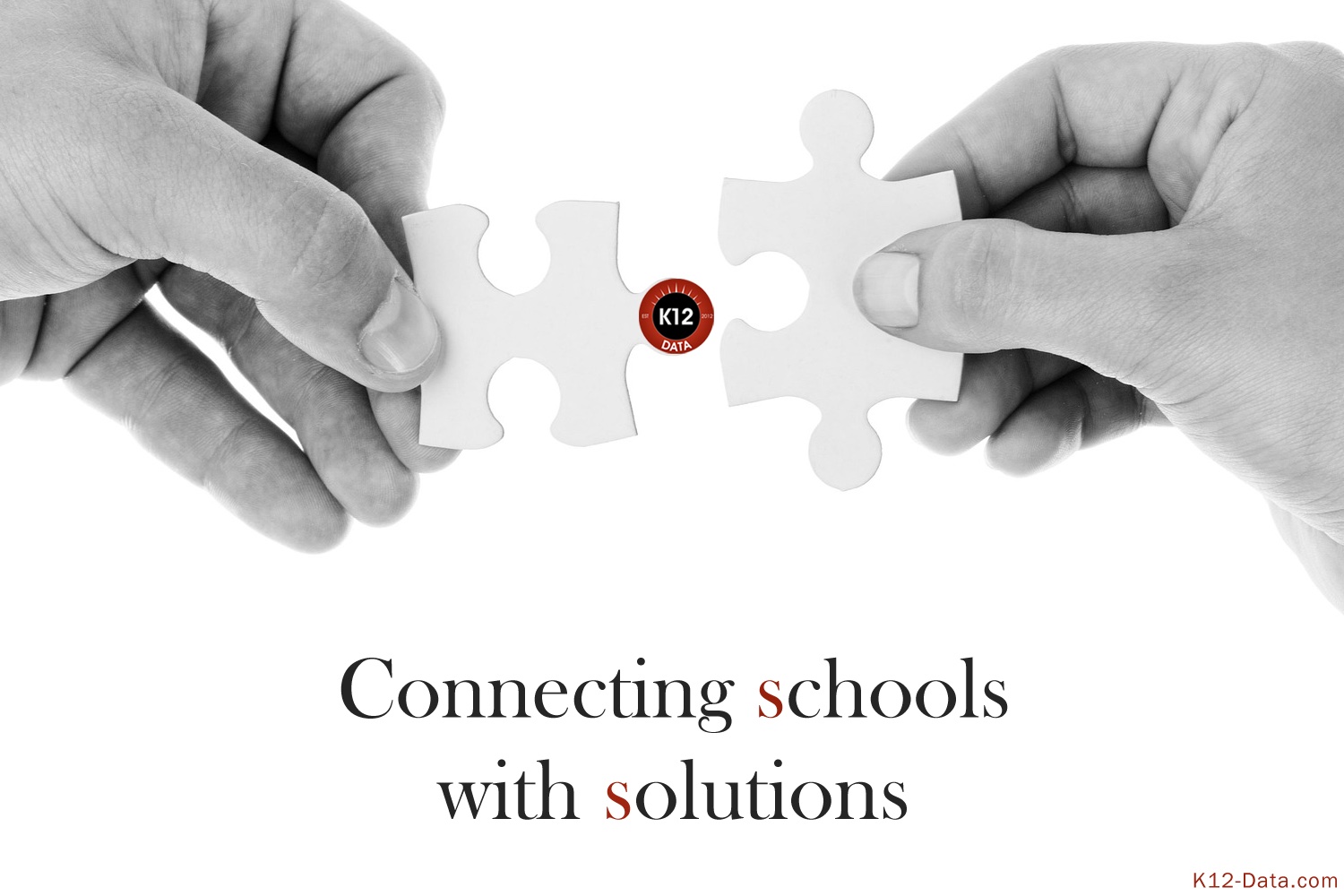
In 2025, K-12 funding pivots from ESSER to formula and competitive grants, with growth in cybersecurity, clean transportation, and rural access. Success depends on measurable outcomes and sustainable plans. Districts leveraging braided funding, partnerships, and staffing support via K12 Data and Peertopia will remain competitive amid tightening budgets.

K12 Data revolutionizes education marketing with precise, verified contact lists tied to school demographics. Peertopia transforms hiring by offering free job postings actively delivered to educators, colleges, and ed-tech. Together, they create a unique ecosystem where data and outreach connect schools, vendors, and talent more effectively.

Teacher shortages are sweeping across U.S. public K–12 schools, impacting both rural and urban districts and critical subjects like math, science, and special education.
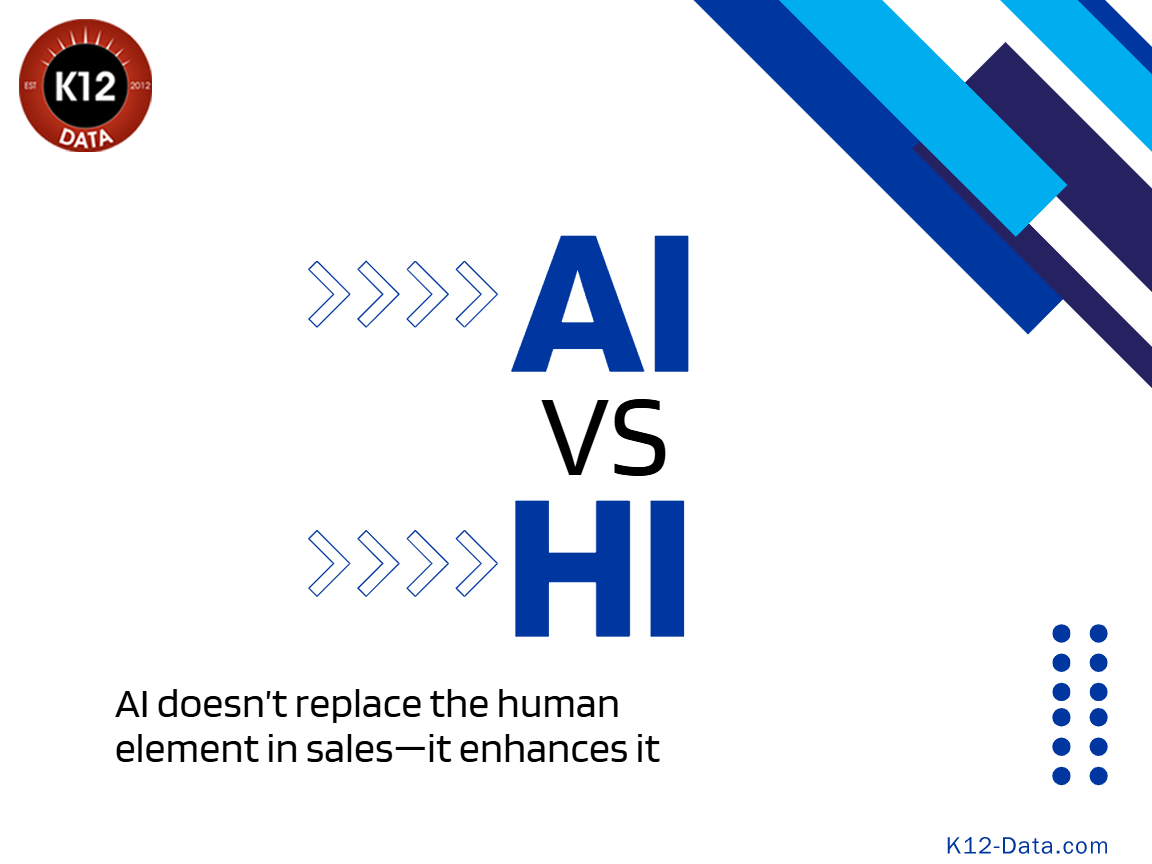
Why is TK so critical preparing students for better outcomes in k-12 education? Where did this idea stem from, how has it done, and are there any lessons taught here?

Federal grant funding opportunities have always played a huge role in the K-12 school market. Both education vendors and schools and districts alike have flourished financially and intellectually with these instruments of growth. Where are we know? It looks like the well has run dry.

A look at two very different education approaches. Germany's voc-tech pathway vs. the US's liberal arts track. Where do the benefits and pitfalls lie.

The pandemic exposed inequities in the U.S. education system, especially around technology access. Since then, major infrastructure investments have transformed how K–12 learning is delivered, though rural communities still face serious connectivity challenges. This blog explores how tech—including satellite internet and platforms like K12 Data—is helping bridge the digital divide.

Each year, thousands of K–12 educators in the U.S. leave their roles, often due to systemic challenges rather than retirement or career shifts. This widespread attrition impacts student learning, school stability, and district finances. We explore why educators leave, how schools can retain them, and how we can help